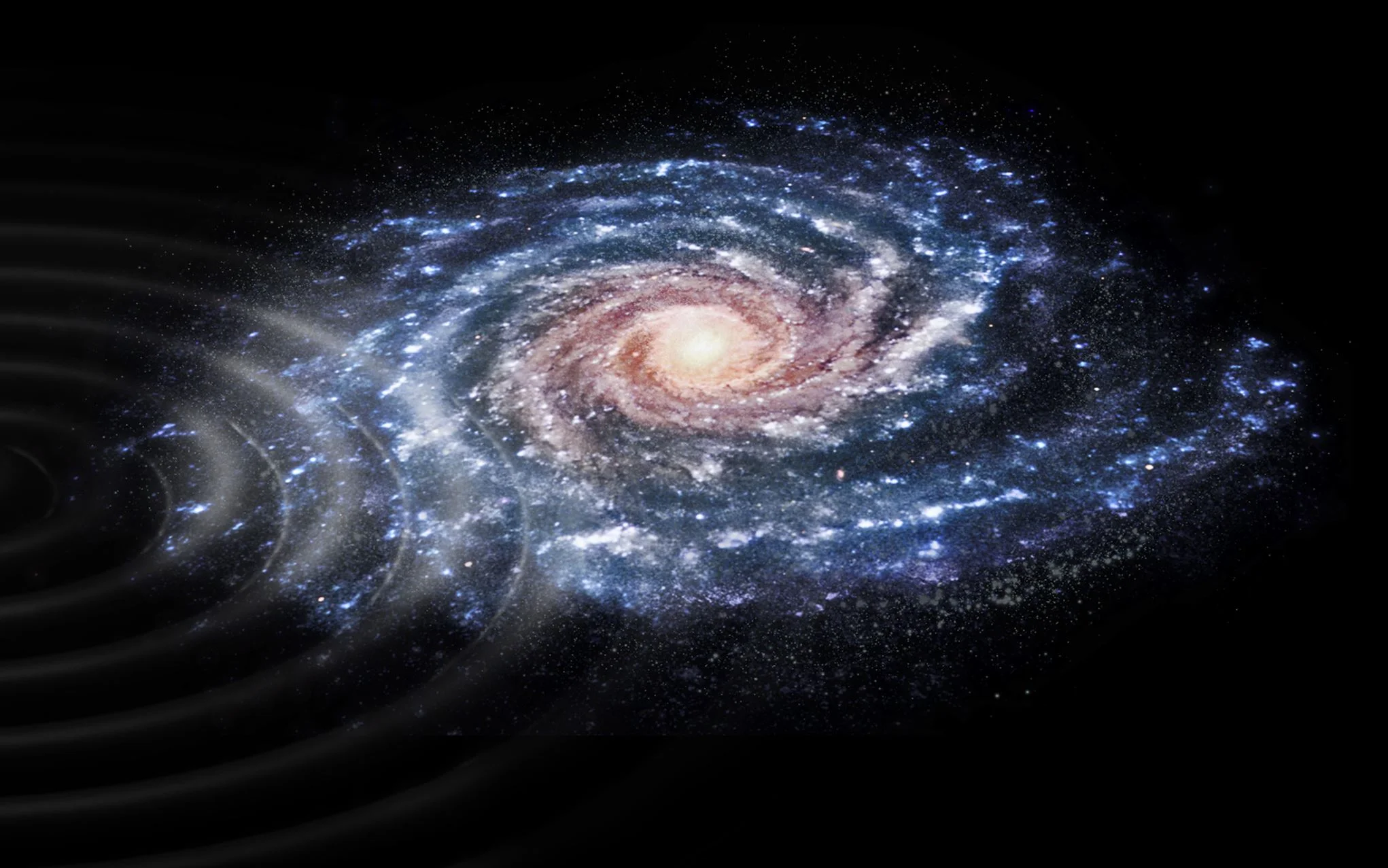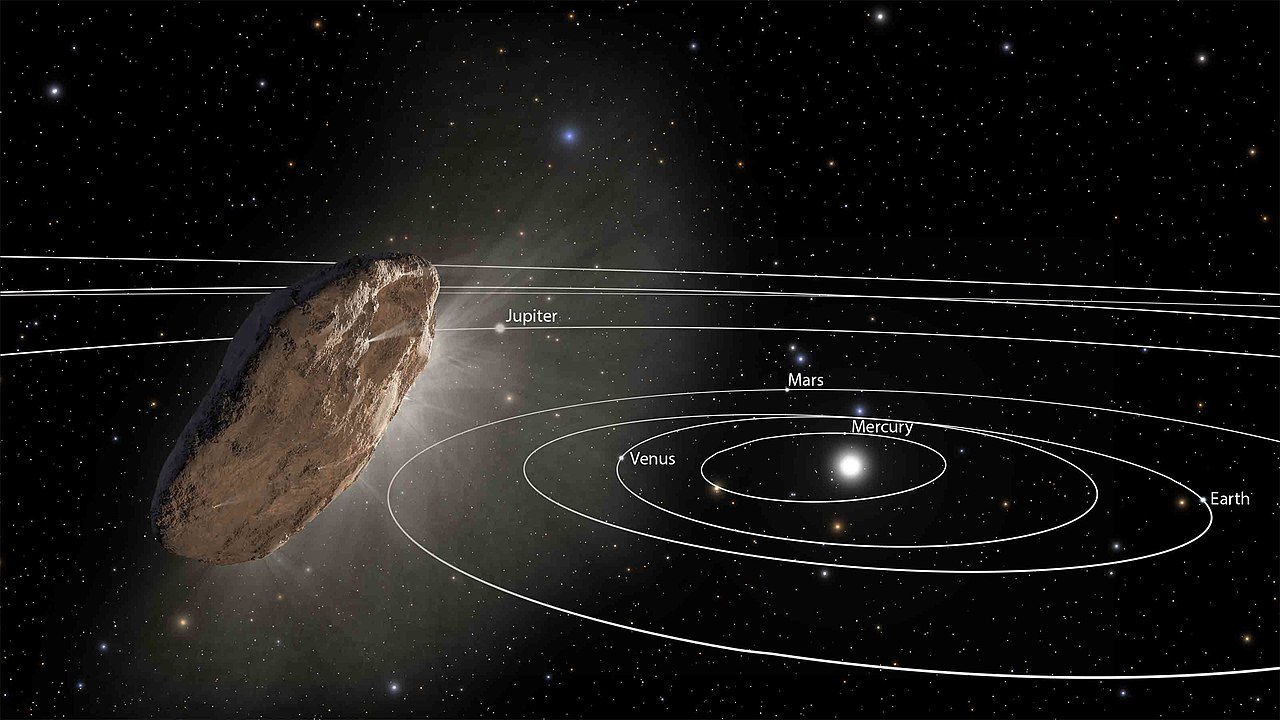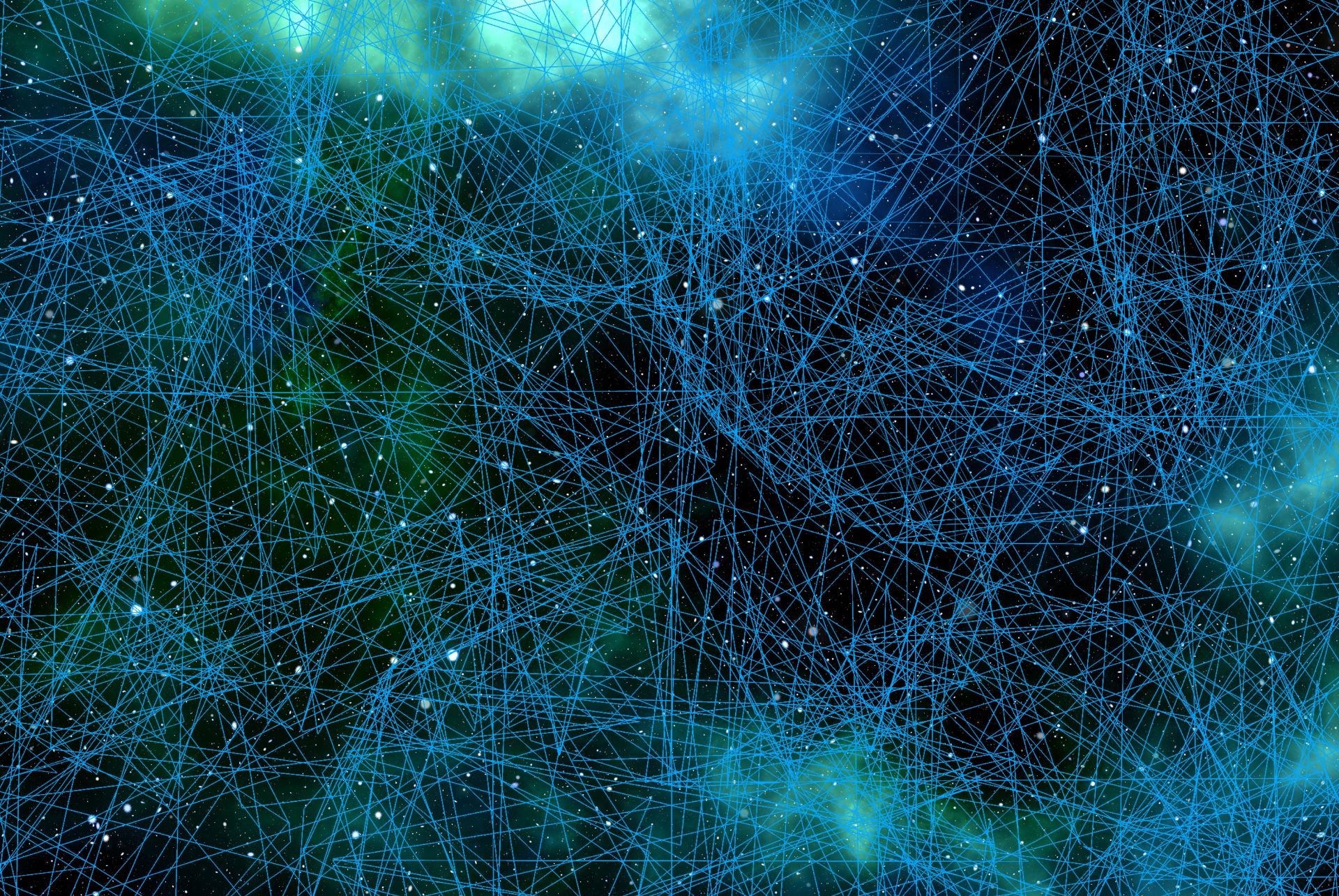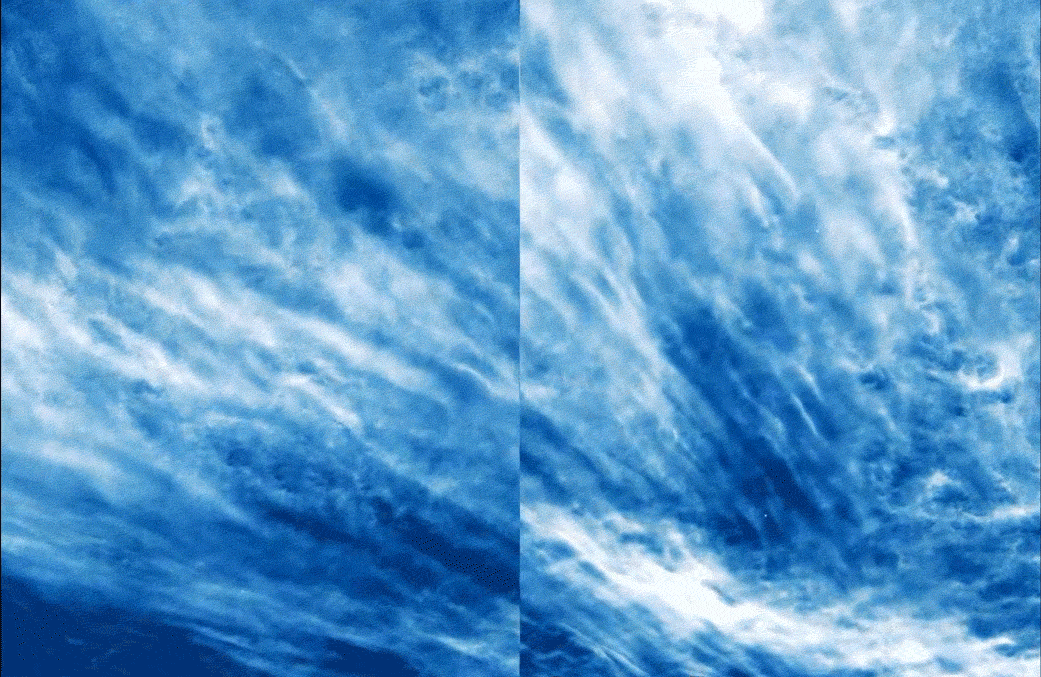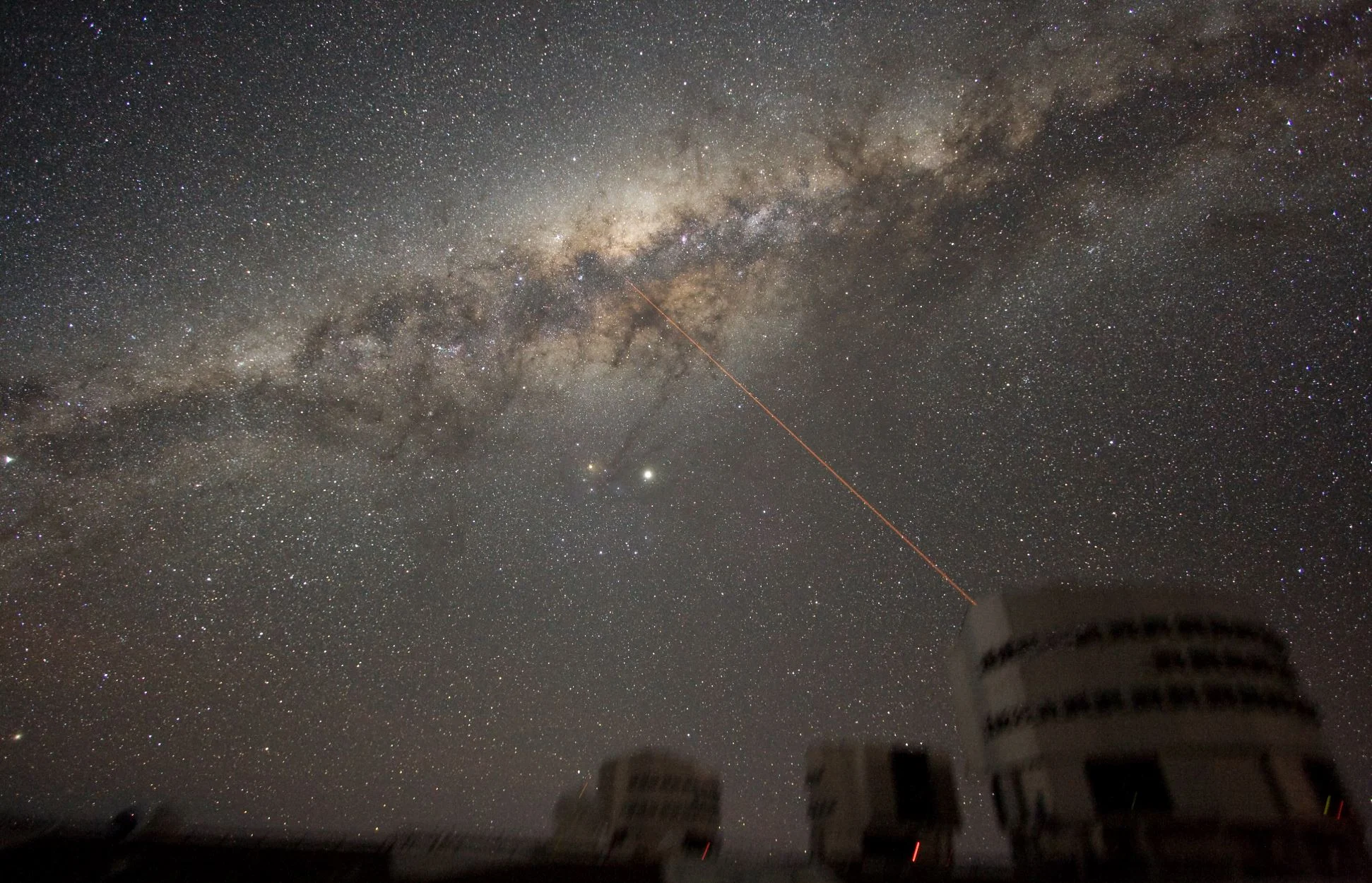Elon Musk is well-known for his ability to create a media sensation. Scarcely a week goes by that the founder of SpaceX and Tesla doesn’t have an announcement or update to make – often via his social media outlet of choice, twitter. And as a major figure in the NewSpace industry, anything he says is guaranteed to elicit reactions (both critical and hopeful) from the space community and general public.
Unexpected find from a neutron star forces a rethink on radio jets
It’s better light, not worse behaviour, that explains crimes on a full moon
Opportunity Emerges in a Dusty Picture
The Milky Way is Still Rippling from a Galactic Collision Millions of Years Ago
Between 300 million and 900 million years ago, our Milky Way galaxy nearly collided with the Sagittarius dwarf galaxy. Data from the ESA’s Gaia mission shows the ongoing effect of this event, with stars moving like ripples on the surface of a pond. The galactic collision is part of an ongoing cannibalization of the dwarf galaxy by the much-larger Milky Way.
Astronomers are Tracking the Interstellar Asteroid ‘Oumuamua to its Home System
On October 19th, 2017, the Panoramic Survey Telescope and Rapid Response System-1 (Pan-STARRS-1) in Hawaii announced the first-ever detection of an interstellar asteroid – I/2017 U1 (aka. ‘Oumuamua). Since that time, multiple studies have been conducted to determine the asteroid’s origin, what it encountered in interstellar space, its true nature (is it a comet or an asteroid?), and whether or not it is an alien spacecraft (it’s not).
Our Sun: Two Wavelengths, Two Different Images
NASA's Solar Dynamics Observatory views our Sun in ten different wavelengths because each wavelength reveals different solar features. This Sept. 21, 2018, view of the Sun uses two selected images taken at virtually the same time but in different wavelengths of extreme ultraviolet light. The red-tinted image, which captures material not far above the Sun's surface, is especially good for revealing details along the edge of the Sun, like the small prominence at the ten o'clock position. The brown-tinted image clearly shows two large coronal holes (darker areas) as well as some faint magnetic field lines and hints of solar activity (lighter areas), neither of which are apparent in the red image. This activity is occurring somewhat higher in the Sun's corona. In a way it is like peeling away the layers of an onion, a little at a time.
Inside the Crust of Neutron Stars, There’s Nuclear Pasta; the Hardest Known Substance in the Universe
Ever since they were first discovered in the 1930s, scientists have puzzled over the mystery that is neutron stars. These stars, which are the result of a supernova explosion, are the smallest and densest stars in the Universe. While they typically have a radius of about 10 km (6.2 mi) – about 1.437 x 10-5 times that of the Sun – they also average between 1.4 and 2.16 Solar masses.
Five popular hangover cures, reviewed by experts
It’s a common misconception that hangovers are mainly the result of dehydration. An evening of heavy drinking can lead to inflammation of the stomach and intestines, poor-quality sleep and the production of toxic substances that lead to vomiting, sweating and an increased heart rate. Research also suggests that hangovers can hamper the ability to concentrate and remember information.
Deciphering how memory works in the brain – at the level of individual cells
Say you meet an old friend at the train station. She is standing about a metre ahead of you, and on the tracks to your right a train has just pulled into the station. Behind your friend you see a bakery. We often remember such scenes in vivid detail. But exactly how we do that by forming mental images has long been a bit of a mystery.
Author of first English novel kept it hidden for ten years – here’s why
A dense work of early English prose, strewn throughout with serious and teasing marginalia from its author, might not be the most likely candidate for stage adaptation – but this project has just been undertaken by a team of artists and academics in Sheffield. William Baldwin’s Beware the Cat, written in 1553, will be performed in September as part of the university’s 2018 Festival of the Mind.
NASA Balloon Mission Captures Electric Blue Clouds
On the cusp of our atmosphere live a thin group of seasonal electric blue clouds. Forming 50 miles above the poles in summer, these clouds are known as noctilucent clouds or polar mesospheric clouds — PMCs. A recent NASA long-duration balloon mission observed these clouds over the course of five days at their home in the mesosphere. The resulting photos, which scientists have just begun to analyze, will help us better understand turbulence in the atmosphere, as well as in oceans, lakes and other planetary atmospheres, and may even improve weather forecasting.
Close-Up View of DNA Replication Yields Surprises
Almost all life on earth is based on DNA being copied, or replicated, and understanding how this process works could lead to a wide range of discoveries in biology and medicine. Now for the first time scientists have been able to watch individual steps in the replication of a single DNA molecule, with some surprising findings. For one thing, there’s a lot more randomness at work than has been thought.
Narrowing Down the Mass of the Milky Way
Since the birth of modern astronomy, scientists have sought to determine the full extent of the Milky Way galaxy and learn more about its structure, formation and evolution. At present, astronomers estimate that it is 100,000 to 180,000 light-years in diameter and consists of 100 to 400 billion stars – though some estimates say there could be as many as 1 trillion.
With USB-C, even plugging in can set you up to be hacked
Plugging in the power – or at least what you think is power – to a USB-C powered laptop can connect your computer, and the valuable personal data on it, directly to hackers. Your personal financial information, passwords and documents stored on the laptop could help a cybercriminal steal your identity. The laptop may even be used to attack your employer’s computers and network.
How to Know Once and For All if the Universe Began With a Bang or a Bounce
According to the Big Bang cosmological model, our Universe began 13.8 billion years ago when all the matter and energy in the cosmos began expanding. This period of “cosmic inflation” is believed to be what accounts for the large-scale structure of the Universe and why space and the Cosmic Microwave Background (CMB) appear to be largely uniform in all directions.
Microplastics are getting into mosquitoes and contaminating new food chains
The ‘real you’ is a myth – we constantly create false memories to achieve the identity we want
We all want other people to “get us” and appreciate us for who we really are. In striving to achieve such relationships, we typically assume that there is a “real me”. But how do we actually know who we are? It may seem simple – we are a product of our life experiences, which we can be easily accessed through our memories of the past.
AI could help drones ride air currents like birds
Birds have long inspired humans to create their own ways to fly. We know that soaring bird species that migrate long distances use thermal updrafts to stay in the air without using up energy flapping their wings. And glider pilots similarly use thermals currents and other areas of rising air in order to remain airborne for longer.
To Avoid Vision Problems in Space, Astronauts Will Need Some Kind of Artificial Gravity
Ever since astronauts began going to space for extended periods of time, it has been known that long-term exposure to zero-gravity or microgravity comes with its share of health effects. These include muscle atrophy and loss of bone density, but also extend to other areas of the body leading to diminished organ function, circulation, and even genetic changes.


